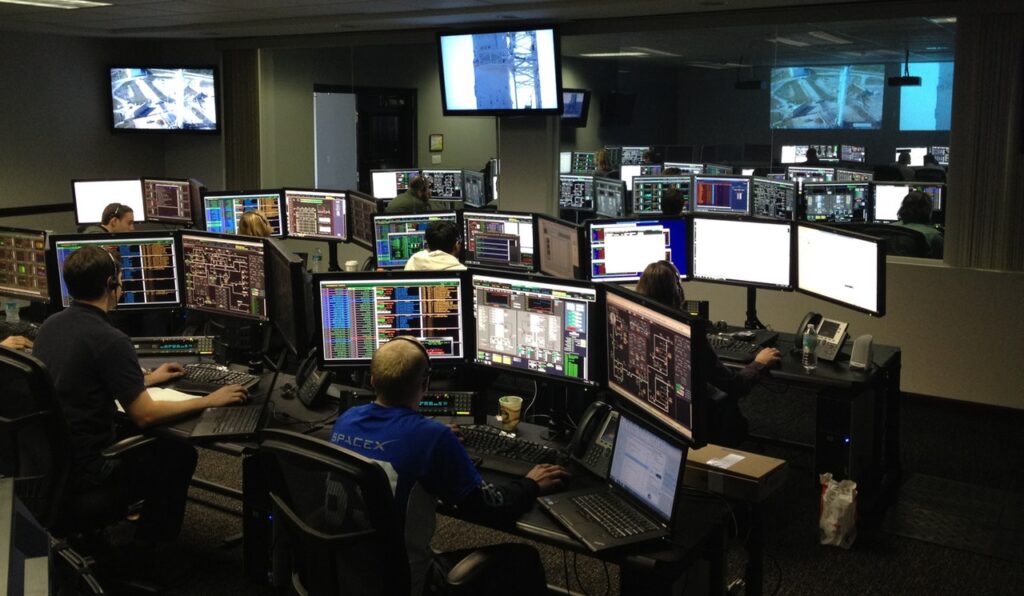Remote teams are the future. Heck, remote teams are the present! Thanks to a host of factors — improved technology, the high cost of rent, a more globalized workforce — more and more companies are choosing a remote model.
Going remotely can pay plenty of dividends. It lets you hire the best employees, without being bound by geography, it significantly cuts down overhead, it helps employees maintain a healthier work-life balance (no commuting time!). When done well, it can respect employees’ time and boost their effort.
But it also poses some potential problems. Here are some crucial steps you can take to avoid them.
Communicate, communicate, communicate, then some more.
If you’re in an office, it’s easy to sidle over to Rajiv’s cubicle and take a look at what he’s working on. When working remotely, you simply can’t do that. (Well, you can, kind of. But I doubt you want to be remotely mirroring each of your team members’ computer screens.) For this reason, it’s essential that you communicate. All the time.
Your goal should be to maximize the number of moments of communication over any given task or project. This allows you to replicate all those little check-in moments you have in person. Discuss things over video chat, email, and in your chat room. Make sure everybody understands what they should be working on, and that everybody shares the same expectations.
Track progress. Rigorously.
Similarly, because people are in different places, it becomes more incumbent on you to track the progress of your team’s projects. Use project management software. Make sure everybody knows what files they should be working on, and that everybody knows what they should be working on next. (And why!)
The last thing you want is for someone on a different coast to waste two or three days of their (and your) time working on the wrong template. Likewise, you don’t want to have to be texting people in different time zones to figure out what they’re working on. You should know. Doing all of this will take a bit more organization on your part, but it’s what makes remote work possible.
Create a culture of accountability.
Perhaps the biggest worry when going remote is the old chestnut, “How can I make sure people are doing work?” The best way to allay this worry is to create a culture of accountability.
Start by hiring the right people. Not every employee can work well from home; make sure you hire people who do. Then let people know that they’re accountable to the team, not only to you. Implement daily meetings (or every few days) in which everyone on the team has to announce — to the team as a whole — what they’ve done since the last meeting and what they’re planning to accomplish before the next meeting. Also what might be preventing them from accomplishing those goals!
Encourage remote employees to celebrate other remote employees’ accomplishments. Let people know that their team is counting on them.
Meet in person.
You know what really brings people together? Doing stuff together. In person. (Like, really together.) So once or twice a year, bring your team to the same place, so they can hang out. If you have an office, you can all work there; if not, maybe you simply go to a fun neutral site.
Granted, this one can be tough if your team is spread out across the globe. If you’re a growing company, you also might not be able to afford it. But if you’re really interested in building community, face-to-face interactions can do wonders.
This post is an excerpt from an article that first appeared here and is reproduced with permission from Clicktime. For more, check out the full article here.





